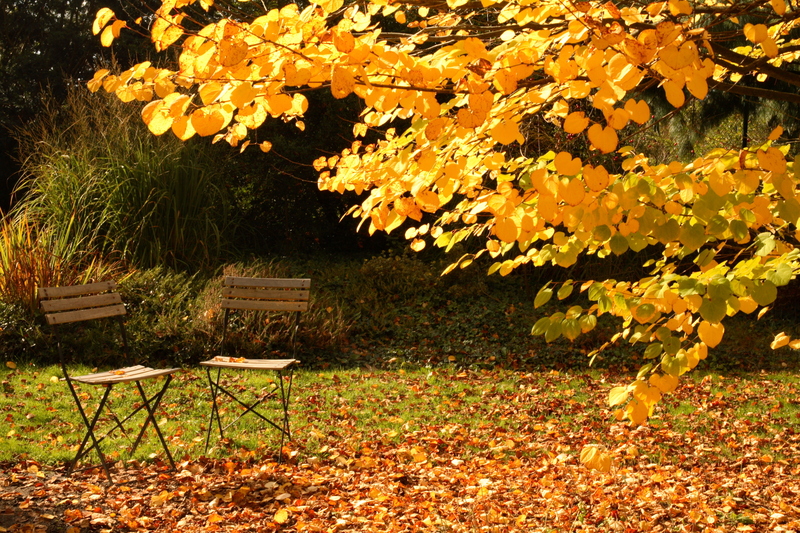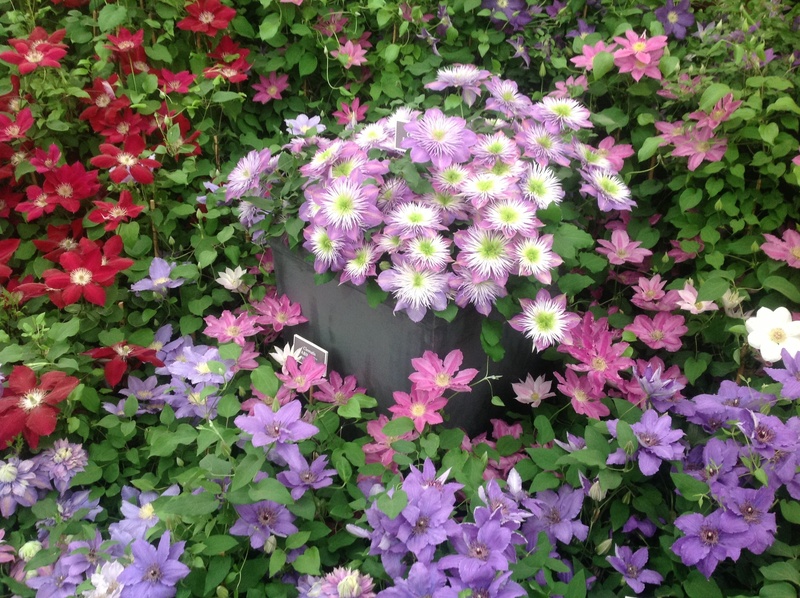17 Garden Plants That Are Harmful
Posted on 24/09/2025
17 Garden Plants That Are Harmful
Gardening can be a relaxing and rewarding hobby, bringing beauty and life to your outdoor spaces. However, while many plants are benign and beneficial, some can pose serious risks to humans and pets. In this article, we'll explore 17 garden plants that are harmful and discuss their dangers.
1. Oleander
Oleander is a popular ornamental shrub known for its beautiful flowers. However, it's one of the most toxic garden plants. All parts of the oleander plant contain toxic compounds that can cause nausea, vomiting, abdominal pain, and even death if ingested.

2. Foxglove
Foxglove produces stunning, tall flower spikes that can add height and color to your garden. Unfortunately, foxglove contains digitalis, a potent toxin that can cause heart issues if ingested. Symptoms include nausea, headache, and cardiac arrhythmias.
3. Lily of the Valley
Lily of the Valley is a fragrant flower often associated with spring. Despite its innocent appearance, all parts of this plant are highly toxic and can cause symptoms such as nausea, vomiting, abdominal pain, and irregular heartbeats.
4. Rhododendron
Rhododendrons and azaleas are popular flowering shrubs that are toxic to both humans and pets. Ingesting their leaves, flowers, or honey made from their nectar can cause nausea, vomiting, difficulty breathing, and even coma.
5. Hydrangea
Hydrangeas are commonly found in many gardens due to their large, colorful blooms. However, the leaves and buds contain cyanogenic glycosides, which can break down into cyanide when ingested, causing poisoning.
6. Wisteria
Wisteria is valued for its cascading, fragrant flowers, but the plant contains toxic seeds and pods. Ingesting them can cause symptoms such as nausea, vomiting, abdominal pain, and diarrhea.
7. Nightshade
Nightshade plants, including deadly nightshade or belladonna, contain toxic alkaloids. Ingesting nightshade berries or foliage can result in dilation of pupils, blurred vision, hallucinations, convulsions, and potentially death.
8. Castor Bean
The castor bean plant is often grown for its dramatic foliage, but the seeds contain ricin, a highly toxic protein. Even a small amount can cause severe abdominal pain, vomiting, diarrhea, and organ failure.
9. Daffodil
Daffodils are iconic spring flowers, but their bulbs contain toxic alkaloids that can cause nausea, vomiting, and diarrhea when ingested. In severe cases, ingestion can lead to more serious complications.
10. Monkshood
Monkshood, also known as wolfsbane, is a beautiful but deadly plant. All parts of the plant contain neurotoxins that can cause symptoms such as tingling, numbness, and even cardiac arrest if ingested.
11. Hemlock
Hemlock, including poison hemlock, is extremely toxic. Ingesting even small amounts can lead to respiratory failure and death. Symptoms include muscle paralysis and central nervous system depression.
12. Poinsettia
Poinsettias are popular holiday plants. While they are not as toxic as once believed, ingesting parts of the plant can cause mild irritation to the mouth and stomach, sometimes leading to vomiting.
13. Yew
Yew trees and shrubs contain toxic alkaloids in all parts except the red arils surrounding the seeds. Ingesting any part of a yew plant can cause symptoms such as difficulty breathing, tremors, and potentially fatal cardiac issues.
14. Autumn Crocus
Autumn crocus, also known as meadow saffron, contains colchicine, a highly toxic compound. Ingesting parts of the plant can cause severe abdominal pain, vomiting, diarrhea, and kidney or liver damage.
15. English Ivy
English ivy is often grown as ground cover but contains saponins that can cause skin irritation and, if ingested, symptoms such as nausea, vomiting, and convulsions.
16. Angel's Trumpet
Angel's trumpet is prized for its large, fragrant flowers. However, it contains toxic alkaloids that can cause hallucinations, paralysis, and death if ingested.
17. Hyacinth
Hyacinths are grown for their fragrant spring blooms. Their bulbs and, to a lesser extent, leaves contain oxalic acid, which can cause irritation and gastrointestinal distress if ingested.
Pros and Cons of Harmful Garden Plants
Pros:
- Many harmful plants are beautiful and can enhance the aesthetics of a garden.
- Some of these plants have medicinal uses when handled and processed correctly.
Cons:
- Pose risks to humans, especially children, and pets if ingested or improperly handled.
- Can cause severe health issues, including gastrointestinal distress, heart problems, and even death.
Tips for Growing a Safe Garden
- Research plants before adding them to your garden to ensure they are safe for your household.
- Label plants clearly to prevent accidental ingestion or contact.
- Ensure pets and children are supervised and teach them not to ingest or handle unknown plants.
- Wear gloves when handling plants known to cause skin irritation.
- Consider replacing harmful plants with safer alternatives.

Takeaways
Gardening is a fantastic hobby, but it's crucial to be aware of the potential dangers posed by certain plants. By identifying harmful plants and taking necessary precautions, you can enjoy a safe and beautiful garden.
Conclusion
While many garden plants offer beauty and benefits, it's essential to be aware of the harmful ones. By understanding the risks associated with these 17 harmful garden plants and taking steps to mitigate them, you can ensure a safe and enjoyable gardening experience. Always be vigilant and informed about the flora in your environment, and you'll create a safer haven for all.



